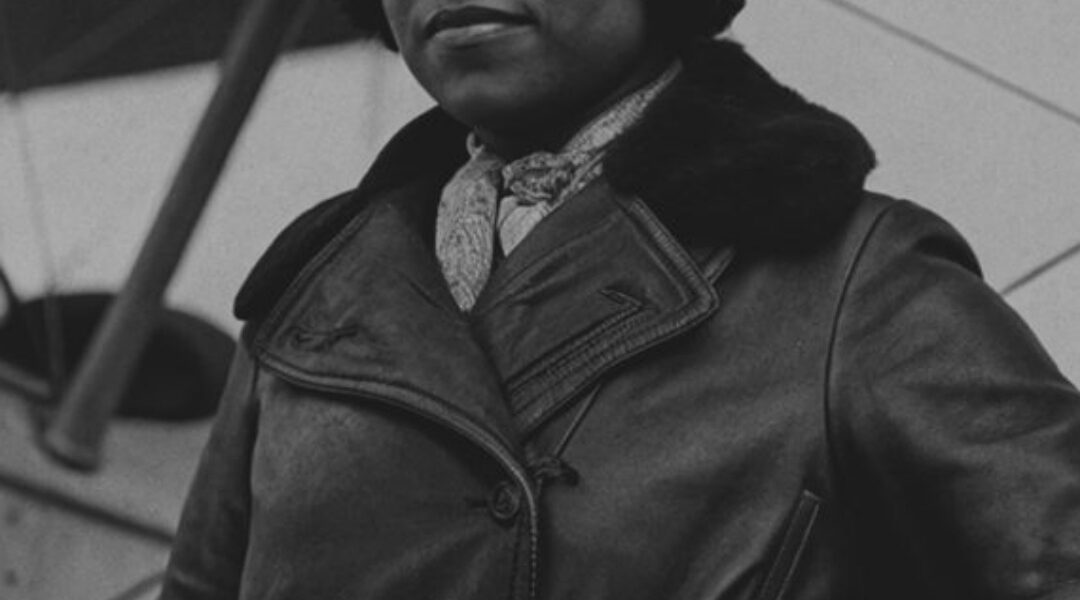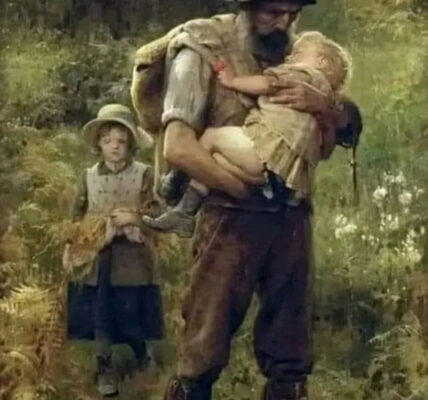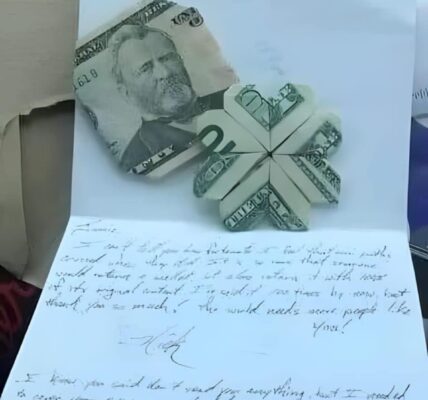In the early years of the 20th century, when flight itself was still a daring new miracle, the skies were a place reserved for a privileged few — all of them white, all of them men. But on January 26, 1892, in a small wooden cabin in Atlanta, Texas, a baby girl was born who would one day defy every barrier placed in front of her.
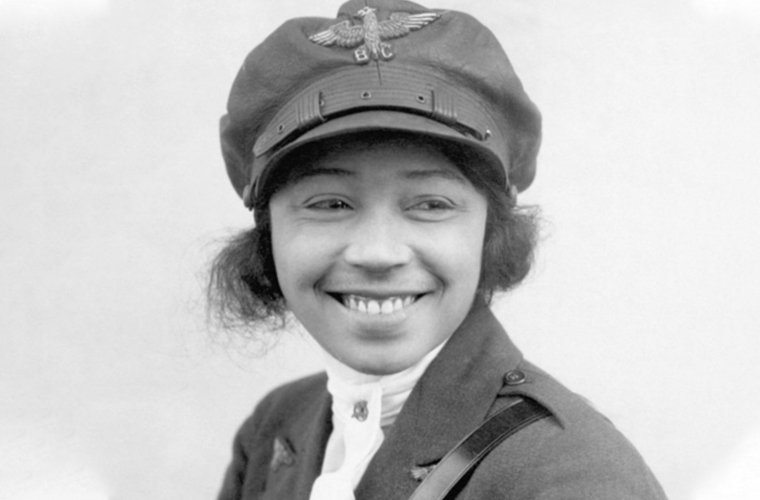
Her name was Bessie Coleman, and although no one knew it then, she would grow up to change the face of aviation forever.
She was the tenth of thirteen children in a sharecropping family. Cotton fields replaced playgrounds, and poverty was a persistent companion. Her father, of Cherokee and Choctaw descent, left the family when Bessie was young, and her mother — determined and unshakable — worked washing laundry to keep the children alive.
Yet even in hardship, Bessie was hungry for something more.
She devoured books.
She excelled at school.
And she watched the world slowly transform around her while knowing she wanted to be part of something bigger.
But it wasn’t until years later, working as a manicurist in a small Chicago barbershop, that she first heard the stories that would ignite a fire inside her. Soldiers returning from World War I sat in her chair and spoke of open skies, roaring engines, and the freedom of flight. They described a world above the clouds where skin color and gender did not matter — only courage.
And with every story, something inside Bessie whispered:
I belong there.
But when she tried to enroll in aviation programs across the United States, doors slammed shut.
Not one school would accept her.
Not one pilot would teach her.
Not one institution believed a Black woman deserved a place in the sky.
Most people would have accepted defeat.
Bessie Coleman did not.
She learned French.
Saved every penny she earned.
And in 1920, she sailed across the ocean to a country that did not know her name but would help her chase her dream — France.
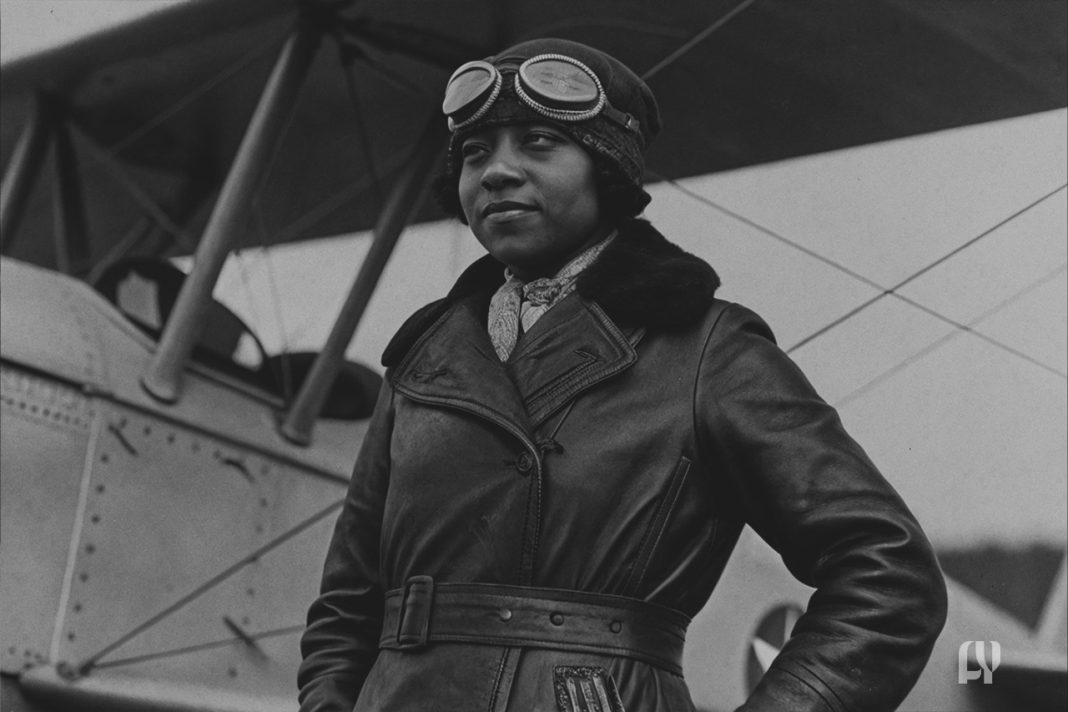
At the Caudron Brothers’ School of Aviation, she trained on rickety planes known for killing inexperienced pilots. The engines shook. Controls jammed. A wrong move could have meant death.
But Bessie flew like she had been born for it.
On June 15, 1921, she earned her pilot’s license from the Fédération Aéronautique Internationale — becoming the first woman of African-American and Native American descent to hold a pilot’s license in the world.
It was a victory not just for her, but for every child who had ever been told “no.”
When Bessie returned to the United States, reporters flocked to her. She was a sensation — a young Black woman who could fly. But excitement did not translate to opportunity. Aviation schools would not hire her. Airlines would not allow her to fly. And without wealthy sponsors, she could not buy her own aircraft.
So she reinvented herself.

If no one would give her a seat, she would build her own stage.
Bessie became a barnstormer — a stunt pilot performing loops, dives, figure-eights, and death-defying tricks at airshows across the country. Crowds gathered in the thousands to watch her. They gasped as her plane spiraled toward the earth before pulling up at the last second. They cheered when she stood atop the wings mid-flight, arms outstretched like a bird finally returned to the sky.
People started calling her “Queen Bess.”
But fame was never her goal.
Her true mission was much bigger.
Bessie refused to perform at events that were segregated. If organizers forced Black people to enter through a separate gate, she refused to fly. She spoke at schools, churches, community centers — telling young boys and girls that they too could conquer the sky.
She said, “You’ve never lived until you’ve flown.”
And she meant it.
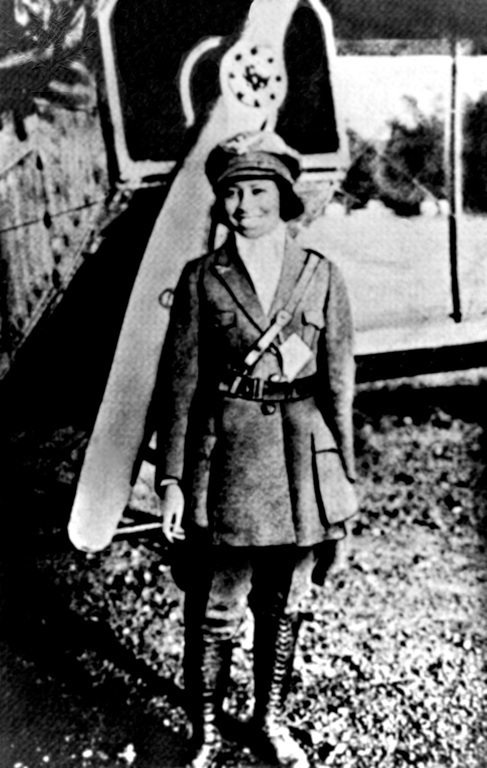
Bessie dreamed of opening her own flight school — a place where Black students and women could learn without fear, without prejudice, without limits. She began saving money, pushing herself harder at every performance, knowing that each stunt brought her closer to her dream.
But on April 30, 1926, in Jacksonville, Florida, tragedy struck.
Bessie was preparing for a parachute-jump show. She sat in the passenger seat with the cockpit open — examining the field below for the next day’s routine. The plane suddenly malfunctioned, went into an uncontrollable dive, and Bessie was thrown from the aircraft.
She died before she ever hit the ground.
She was only 34 years old.
News of her death spread across the country. Thousands attended her funeral. Newspapers mourned her as a pioneer, a warrior, a woman who had refused to stop fighting for her place in the sky.
But the most powerful tributes came from the children — the ones who had looked up, seen her fly, and realized that they, too, could dream of something impossible.
Bessie Coleman left behind no fortune, no grand estate, no official portrait hanging in a museum. What she left instead was far more valuable:
A path where there had been no path.
A door where there had only been walls.
A legacy built not from wealth, but from courage.
She paved the way for future generations — for Black pilots like the Tuskegee Airmen, for women aviators like Willa Brown and Mae Jemison, for anyone who has ever felt the world pressing down on them and still chose to rise.
Today, airports bear her name. Roads carry her memory. Schools teach her story. And every time a plane lifts into the air, someone out there is flying because she once dared to.
Queen Bess may have fallen, but her dream did not.

Her story still soars — higher than any altitude she ever reached, brighter than any spotlight she ever stood under.
“I refused to take no for an answer,” she once said.
And because she refused, thousands after her have been able to say “yes” —
yes to flying,
yes to dreaming,
yes to breaking barriers the way she did:
with a brave heart,
open skies,
and a spirit that the world could not keep on the ground.
